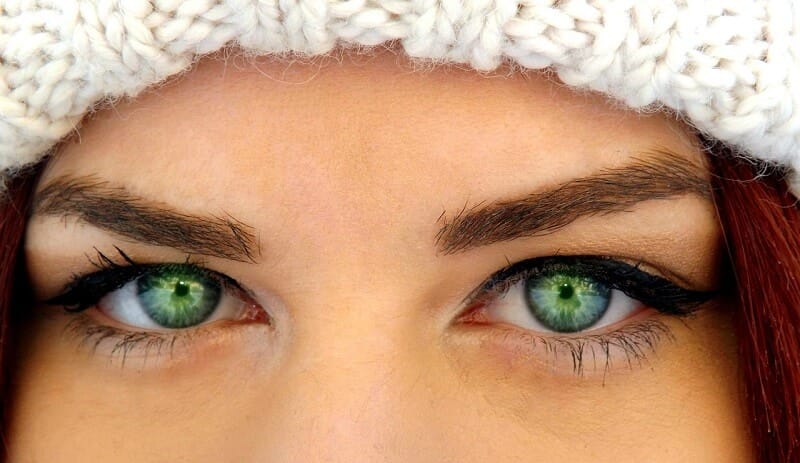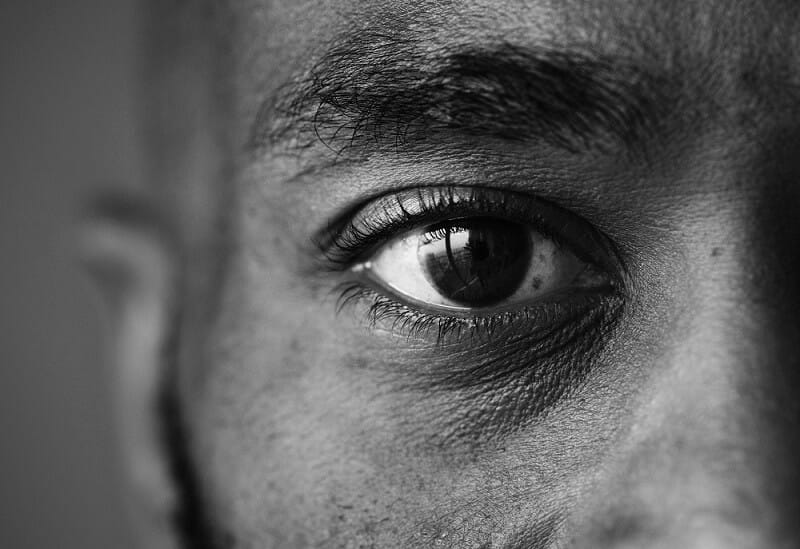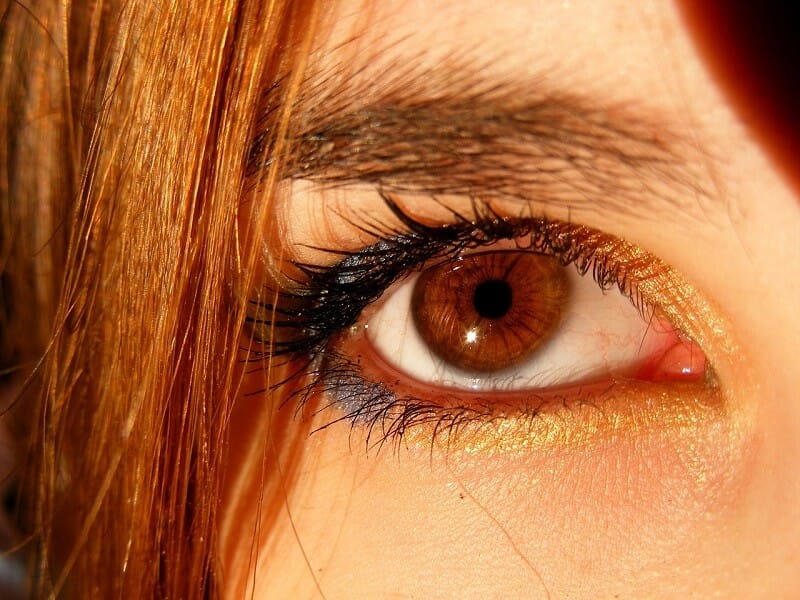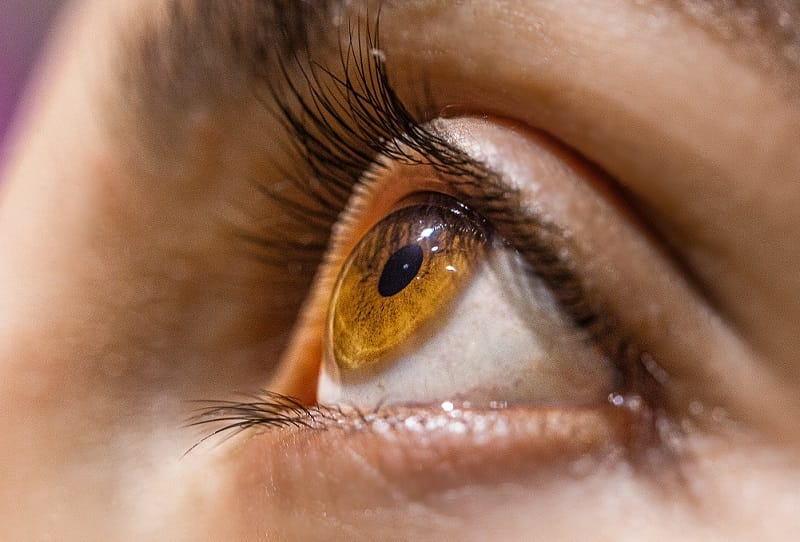Recent studies show that there is a correlation between eye color and personality traits because the genes that influence eye color also play a role in the formation of the frontal lobes. Find out what your eye color says about your personality.
Scientists at Orebro University conducted a research involving 428 people. The results show that eye color and personality are closely linked.
The same study found that the genes responsible for forming the frontal lobes of the brain also determine eye color, according to Little things.
What eye color says about your personality
“The eye is so closely linked neurologically to the brain that you might call it the only part of our brain you can see from the outside. It seems to hold vital clues to our brain function,” says Dr. Anthony Fallone, a psychologist at Edinburgh University.

Blue eyes
Blue eyes are considered by many to be the most attractive. If you have blue eyes, you are a person who does not like to get involved in conflicts and reacts with optimism to any problem. You attract people like a magnet because of your charm and you are adept at long-term relationships.

Green eyes
If you have green eyes, people cannot read you easily. Your mystery intrigues them and makes them extremely curious to discover more about you. Green eyes have another special feature. They are the rarest in the world. Only 2% of the entire world’s population has green eyes.

Black eyes
If you have black eyes, you have great potential to become a successful leader. You are confident in your own strengths and totally dedicated to your goals. Although you have a mysterious allure, you manage to inspire others.

Brown eyes
If your eyes are brown, you have no trouble making new friends. Experiences matter more to you than material things, and others appreciate you for your modesty.

Hazel eyes
The color hazel gives your eyes an elegant look. You are spontaneous and full of bold ideas. You master the art of sensuality and seek out company that challenges you.
Factors that determine eye color
There are two genes on chromosome 15 that have a major influence on eye color: HERC2 and OCA2. The latter produces P protein, which contributes to the maturation, storage and production of melanin cell structures. The lower the amount of P protein, the less melanin and the lighter the color of the cochlea.
These genes result in the most common eye colors, including brown, blue and green. Scientists still do not fully understand how some other colors, such as hazel or grey, appear.
Caucasian babies are often born with blue eyes. At the age of three, the eye color may start to become darker. This happens when the child does not have enough melanin in their body at birth. It is also possible for a child to have an eye color that neither of their parents have.
Darker colors tend to dominate over lighter colors. For example, if one parent has brown eyes and the other has blue eyes, there is a greater likelihood that their children will have brown eyes.

